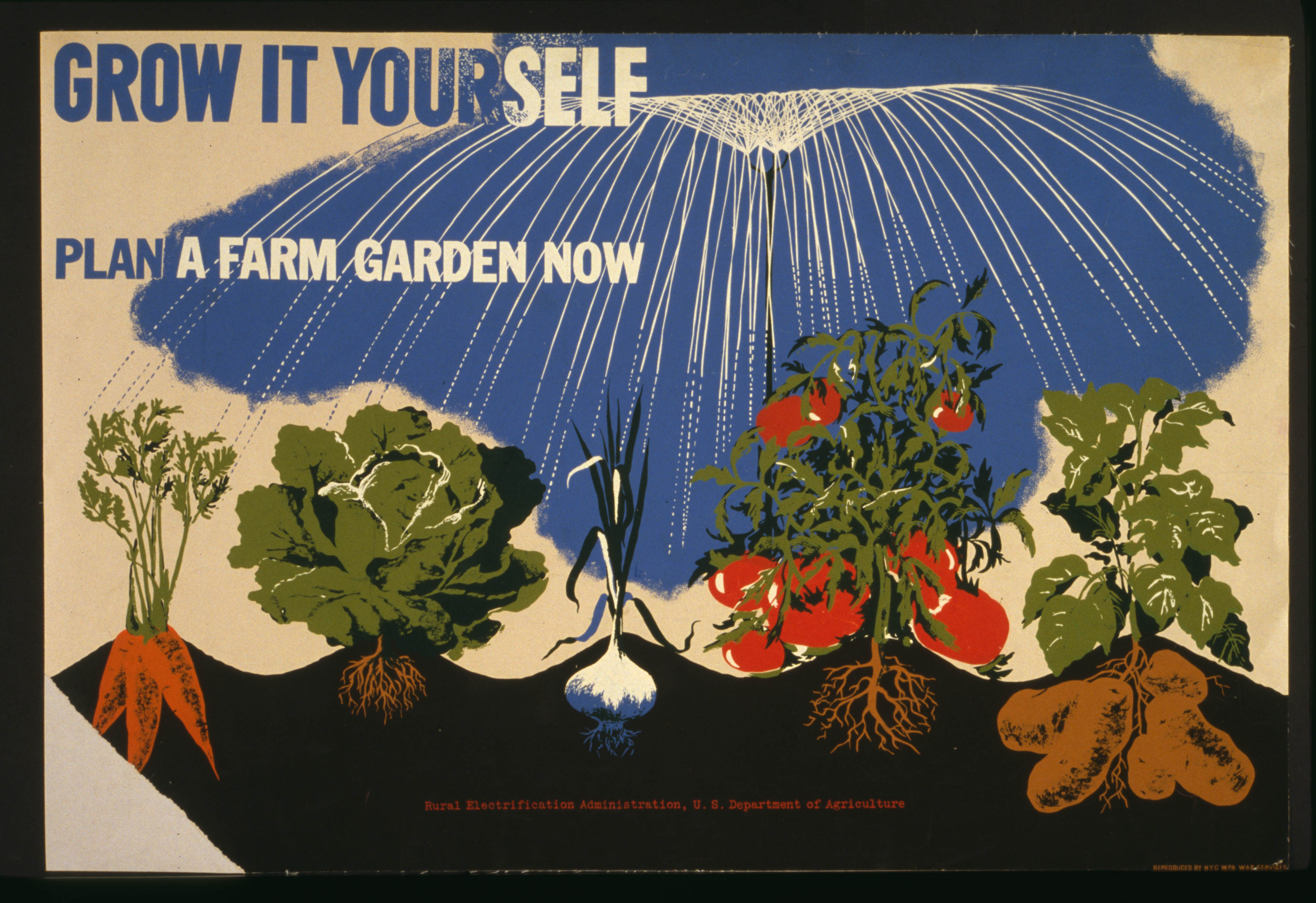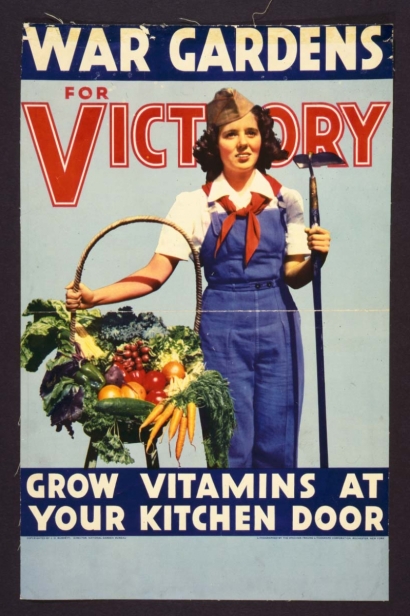Urban Gardening Takes Off
Urban Gardening has become a real thing over the last decade. A recent study by the National Gardening Association revealed those growing food at a home or community garden was up 17% between 2008 and 2013. The trend is booming in one sector in particular: younger households of 18- to 34-year-olds, up 63% since 2008.
Concerns over the healthfulness and sustainability of a far-flung food system fueled on chemical fertilizers, pesticides and petroleum to transport food from producer to plate have generated a marked increase in people taking matters into their own hands and backyards once again.
Urban gardening is not new. It was once an established part of life in the U.S. During the First and Second World War and Great Depression era, people were encouraged to establish Victory Gardens and a “grow your own, can your own” ethos was considered a vital part of part of food security and the war effort.
By 1943, there were 18 million Victory Gardens in the U.S.—12 million in cities and six million on farms. While sizeable, this number is dwarfed by the most recent estimate from 2013, when 35% of households—43 million of them—participated in food gardening at a home or community garden.
Here in Phoenix, we are in the enviable position of being able to produce food from our own yards 12 months of the year. Few other places boast our year-round growing potential. Of course, that potential does not come without challenges—extreme temperatures and scant precipitation don’t make for the friendliest of gardening climates. But it can be done.
Early evangelists of desert gardening like Greg Peterson of the Urban Farm were able to spark a new consciousness about the potential of small, urban plots even in this seemingly hostile environment. He and other early-adopters of the modern “grow your own” revolution learned how to work with what our distinct regional climate has to offer. They did it in their own yards and then began teaching others how to overcome the unique challenges of desert soils and climate.
Building on that momentum, a plethora of urban gardening plots and CSAs have taken root around the Valley in recent years. From established local landmarks like Agritopia and Maya’s Farm to newer, smaller-scale endeavors like Scottsdale’s Simple Farm or the backyard farmers who sell at local farmers’ markets, urban farming is booming.
Inspired homeowners have created edible urban oases in backyards all over town, and they’ve taken to sharing their seeds and secrets in online groups like the nearly 1,500-strong Desert Gardeners of Maricopa County. Events like the Arcadia Garden Tour, held each spring and fall, show off what can be done in small spaces.






